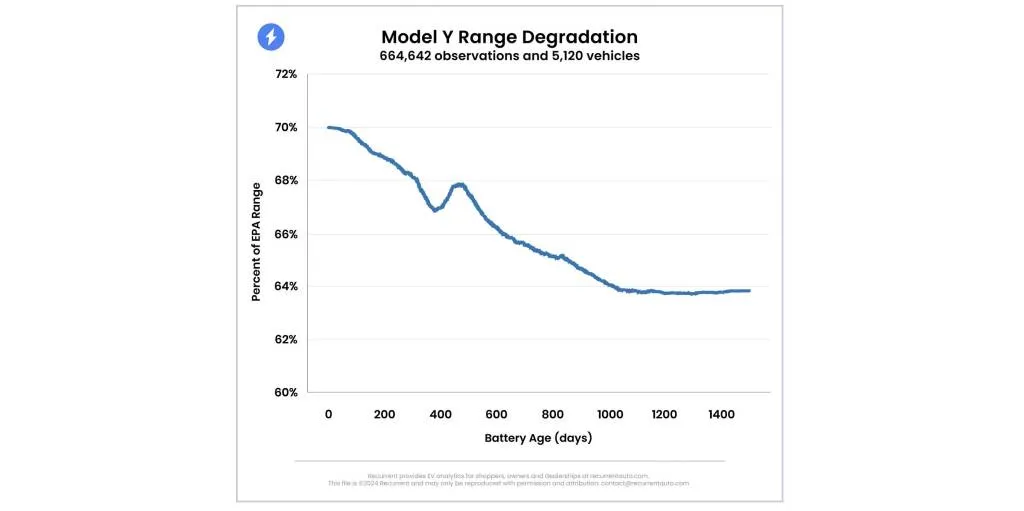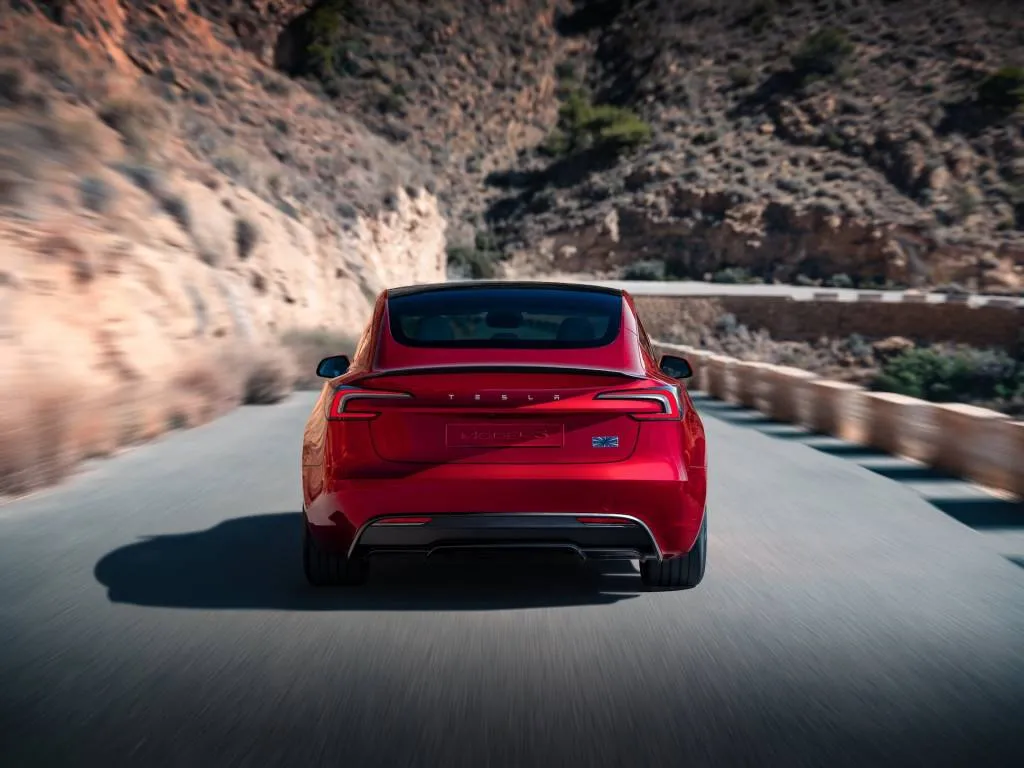

No, extreme heat doesn’t cause people to get stuck in EVs
- Summer heat waves do mean a temporary drop in EV range
- They won’t “brick” your battery, but they can accelerate degradation (aging) of the pack
- Avoid 100% charges in the heat if you can
How hot is too hot for EVs? Will the next heat wave brick it, leaving you stranded?
The answer isn’t nearly as sensational as the headlines some have written already this summer, or the questions that follow.
Just as hot weather puts a range of components for gasoline vehicles under additional stress, heat waves can wear more on EV batteries. But to put it all in perspective and bust a misinformation myth, that’s all it is for EVs—wear.
EV batteries can degrade faster in hot weather. They simply don’t fail suddenly though and leave owners stuck—although of course it’s possible that the heat may affect the reliability of the grid or charging stations owners rely on.
“I can probably count on one hand the number of times we’ve seen a car lose range quickly and unexpectedly, and the team has not had a reason to believe that any of them were due to a single heat wave,” said Garberson, head of growth and research at the EV battery health analysis firm Recurrent.

Recurrent EV battery health
Based on Recurrent’s data from 20,000 EVs, there’s no red-line temperature at which EV batteries “brick,” or at which the damage to batteries suddenly accelerates.
To put it bluntly, heat isn’t going to brick your EV.
Fries, cigarettes, and other bad habits
According to Garberson, it’s better to think of EV batteries’ heat exposure as drops in the bucket, or factors that could be likened to human aging and bad habits that might accelerate the aging process like smoking or using tanning beds. Prolonged exposure can alter the rate of the electrochemical reactions in the battery, ultimately leading to a shorter life—defined by whatever point the useful range has degraded to a point where the EV no longer covers the distance, charges, or performs to an expected level.
As such, battery replacements aren’t an expected expense at a particular number of miles, one that will suddenly render the car unusable. As Recurrent’s data has shown, for instance, Tesla range degradation does happen in a pronounced way over the first three years but really flattens out after that.

Tesla Model Y range degradation (via Recurrent)

Tesla Model 3 range degradation (via Recurrent)
Due to their smart liquid-cooling systems, frequent fast-charging isn’t likely to affect degradation in Teslas and most other modern EVs. These systems and improved chemistries have eliminated some of the concerns over accelerated degradation.
A few early EVs simply didn’t do well with heat and saw accelerated battery degradation as a result of heat exposure. The most noteworthy of those are the earliest model years of the Nissan Leaf; a new “lizard” battery chemistry introduced in 2015 mostly solved that, and Nissan has since reported back that Leaf battery packs are lasting a very long time.
Taking care of your EV in the heat
That said, there are some pieces of practical advice for keeping your battery pack safe and cool in the heat—and some of it is the same that applies the rest of the year, only more so.
- Don’t charge the battery all the way to 100% if you don’t have to. And certainly don’t charge it fully and then park the vehicle.
- Park in the shade if it’s very hot and sunny. Parking over blacktop that’s been in the midday sun will give your battery pack, which is typically on the underside of the vehicle, an unexpected heat soak in the worst possible way.
- Leave your battery half-charged if you have to leave it out in the heat. The battery is more stable that way. Recurrent has noted that if you’re able to set a charge limit (of 70%, for instance), owners can leave the car plugged in during that hot weather and active thermal management might activate at a lower temp than it otherwise would.

Tesla Model 3 Performance
Don’t be surprised if range takes a heat-wave hit—temporarily
EVs don’t lose a lot of range in most weather that’s considered very hot. That’s because most EV batteries are in their thermal sweet spot right around room temperature—where a vehicle’s climate control system also wouldn’t need to do much work. And their climate systems don’t have to change the temperature of the cabin by that many degrees.
As Recurrent calculates, EVs might only lose 5% of their useful range at 90 degrees, but by 95 degrees they’ll lose 15% and by 100 degrees the loss adds up to 31% in all—still less than some owners note in winter use.
Apples to apples, if your vehicle doesn’t have a heat pump and relies on resistive heating not unlike that inside a toaster or hair dryer, cooling an EV 20 degrees costs less energy than heating it 20 degrees. Part of the reason is that EV cooling doesn’t have to work against the waste heat of a combustion engine.
A bottom line to remember is that cold weather doesn’t cause the permanent damage to EV batteries that hot weather can, but just like the heat, it leads to temporary range loss. Be prepared; follow your battery’s state of charge; and remember that your range estimator is only that and doesn’t see the heat wave coming.
Add a comment Cancel reply
Related posts


Electric SUVs: Top 6 Models for Family Trips











